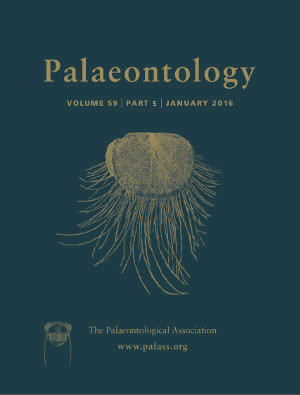Reg. Charity No. 1168330

Biological interactions between organisms have long been believed to be very important in structuring communities and, when scaled up over geological time, in the evolution of organisms. Investigations of palaeontological evidence for predator–prey interactions have been popular pursuits, and a number of attractive hypotheses have been proposed which link increased predation pressure with a wide range of morphological and ecological changes which are apparent over the course of the Phanerozoic. In particular studies of fossil drill holes and repair scars in shelly prey have been common targets for research. However, the nature of some of our data has been rather anecdotal and restricted in range. Perhaps we should be more concerned that we are not picking up the true range of natural variability. This paper aims to highlight the sources of variability in our data and, going forward, to urge the collection of quantitative data from many more samples and (palaeo)environmental settings in order that we might properly be able to separate the intrinsic natural variability in our data from robust temporal or spatial trends.